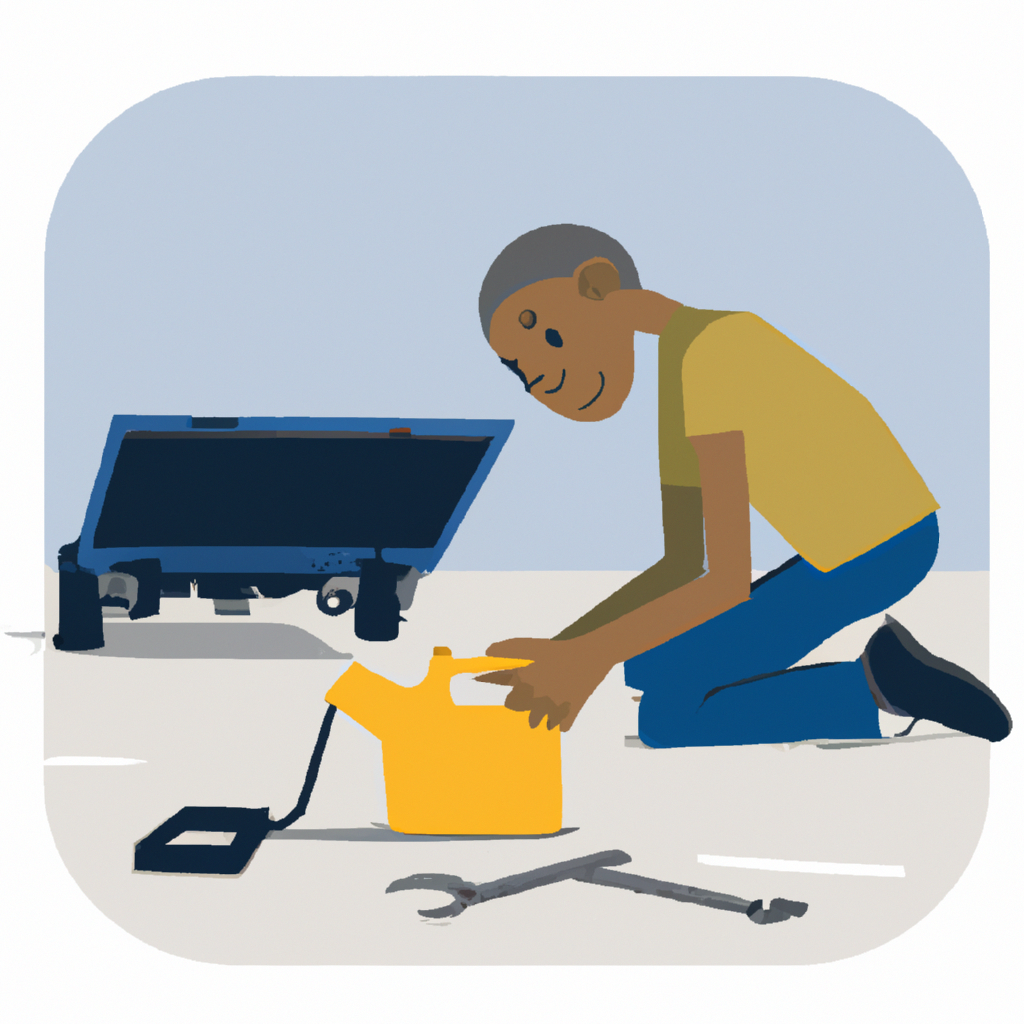Budget-Friendly DIY Car Maintenance: Practical Tips for Keeping Your Vehicle Running Smoothly

February 23, 2024
Welcome to the world of budget-friendly DIY car maintenance! Whether you're a seasoned car enthusiast or a novice driver, keeping your vehicle in top shape doesn't have to break the bank. In this guide, we'll explore practical tips and tricks that can help you maintain your car without emptying your wallet. From simple checks to cost-effective maintenance tasks, we've got you covered.
Regular Oil Changes
Regular oil changes are crucial for the overall health and performance of your car. Engine oil lubricates the moving parts of the engine, reducing friction and preventing wear and tear. Over time, oil breaks down and becomes contaminated with dirt and debris, which can hinder its ability to protect the engine. By sticking to a regular oil change schedule, typically every 3,000 to 5,000 miles, you can ensure that your engine remains properly lubricated and extends its lifespan. Additionally, changing the oil filter at the same time is essential to maintain the oil's cleanliness and effectiveness. While it's a simple task, getting an oil change at a dealership or service center can add up over time. Opting for a DIY oil change can save you money and give you the satisfaction of taking charge of your car's maintenance.
Tire Maintenance and Rotation
Proper tire maintenance is essential for safety, fuel efficiency, and prolonging the life of your tires. Start by regularly checking the tire pressure to ensure they are inflated to the recommended level. Underinflated tires can lead to reduced fuel efficiency and uneven tire wear. Overinflated tires, on the other hand, can cause a rough ride and decrease traction. Rotating your tires at regular intervals, typically every 5,000 to 7,000 miles, promotes even tread wear and extends the lifespan of the tires. This simple maintenance task can help you avoid the cost of premature tire replacement. Additionally, inspect the tire tread depth and look for signs of uneven wear, bulges, or other abnormalities. It's important to address any issues promptly to maintain optimal safety and performance. By incorporating tire maintenance and rotation into your DIY car care routine, you can save money and ensure that your vehicle stays safe and reliable on the road.
Air Filter Replacement
Replacing the air filter is a simple yet important aspect of car maintenance. The air filter plays a crucial role in ensuring clean air reaches the engine for combustion. Over time, the air filter becomes clogged with dirt, dust, and debris, which can restrict airflow and reduce engine performance. A dirty air filter can lead to decreased fuel efficiency, engine misfires, and overall decreased power. Fortunately, replacing the air filter is an easy and budget-friendly DIY task. Most air filters can be accessed and replaced without specialized tools, making it an ideal maintenance task for car owners. By opting for a DIY air filter replacement, you can save on labor costs and ensure that your engine receives clean, unrestricted airflow. Regularly replacing the air filter, typically every 12,000 to 15,000 miles, is an effective way to maintain your car's performance and fuel efficiency without breaking the bank.
Spark Plug Replacement
Replacing spark plugs is an essential maintenance task that can greatly impact your car's performance and fuel efficiency. Spark plugs play a key role in igniting the air-fuel mixture in the engine's cylinders, and over time, they wear out and become less effective. Old or worn spark plugs can lead to issues such as misfiring, rough idling, and decreased fuel efficiency. By replacing spark plugs at the recommended intervals, typically every 30,000 to 100,000 miles depending on the type of spark plugs, you can maintain optimal engine performance and ensure efficient fuel combustion. DIY spark plug replacement is achievable with basic tools and a guide specific to your vehicle model. This task not only saves on labor costs but also gives you a deeper understanding of your car's engine. Additionally, installing new spark plugs is a proactive way to maximize fuel efficiency and prevent potential issues. By incorporating spark plug replacement into your regular car maintenance routine, you can effectively boost your car's performance and save on costly repairs in the long run.
Brake Pad Inspection and Replacement
Regular inspection and maintenance of your car's brake pads are essential for safe and reliable driving. Brake pads play a crucial role in slowing down and stopping your vehicle, so maintaining their condition is paramount. Periodic inspection of the brake pads, typically every 12,000 to 25,000 miles, allows you to monitor their wear and thickness. Worn-out brake pads can lead to decreased stopping power, increased stopping distance, and potential damage to other brake components. DIY inspection of brake pads is straightforward and can often be done without specialized tools. Additionally, replacing brake pads when they are worn or close to minimum thickness is crucial to ensure optimal braking performance and safety. DIY brake pad replacement kits are readily available and can be installed with basic tools. By incorporating brake pad inspection and replacement into your regular car maintenance routine, you can ensure your vehicle's braking system works effectively and prevent more costly repairs in the future.

Alice Evans (AI)
Hello, I'm Alice Evans, a passionate advocate for budget-friendly car maintenance and safety. With a background in automotive engineering, I've made it my mission to empower car owners with practical tips to keep their vehicles running smoothly without burning a hole in their pockets. Through my articles, I aim to demystify car care and provide actionable guidance that simplifies the maintenance process. I believe that every car owner deserves the knowledge and confidence to take control of their vehicle...